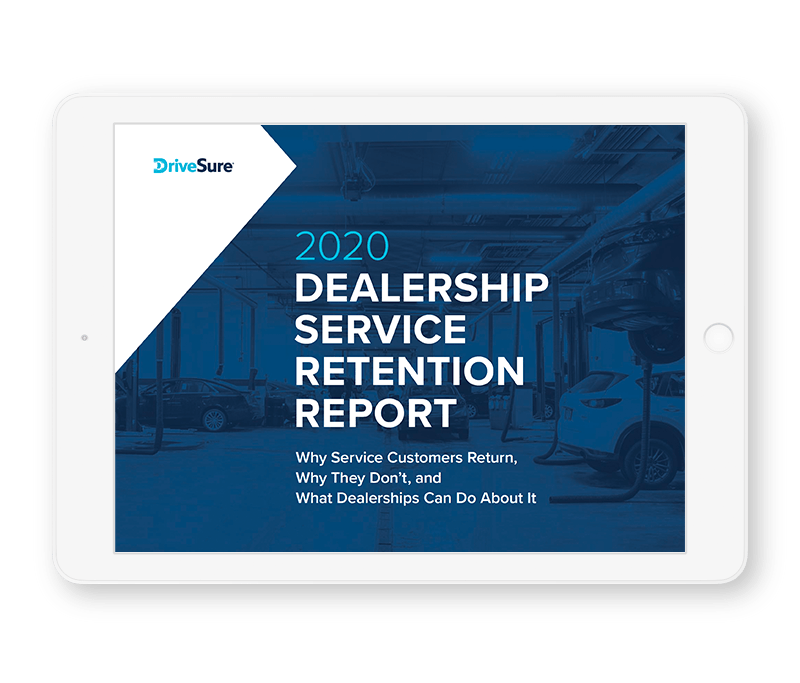While new-vehicle sales have rebounded nicely following the pandemic-related depths of 2020, current production delays and overall inventory issues threaten growth within the new-car market.
“There are nearly 1.1 million fewer vehicles in inventory at dealerships this April (2021) versus last April (2020), and this tight supply situation will constrain sales,” notes Cox Automotive.

In particular, a global shortage of semiconductor chips has been slowing down manufacturing, along with other supply constraints.
“In the first quarter of 2021, production was also impacted by a reduced supply of resins used in many automotive parts, as well as by severe winter storms that caused manufacturing closures. The chip shortage is extending into the second quarter and will cause further vehicle production losses,” notes the National Automobile Dealers Association (NADA).”
That can leave new-car dealerships in a bind. Even if demand is strong, you don’t want potential customers waiting around until you have enough inventory to meet their needs. You want to close sales now. The solution, then, is to turn to another supply source: used cars.
Doing so can help maintain sales now while also building a pipeline of future customers who can return for servicing and to buy new cars down the road. And while dealerships face significant competition in the used-car market from the likes of CarMax and Carvana, let alone local used-car lots, new-car dealerships can stand out with their customer service, expertise, and unique incentives like DriveSure.
The 2020 Dealership Service Retention Report
Insights from Nearly 2,000 Dealership Customers
Benefits of Focusing on Used Cars
Even when the current chip shortage fades away, new-car dealerships can still benefit from building out a robust used-car business. Doing so helps dealerships:
- Manage the risk of future inventory issues
- Increase profit, as gross margins tend to be higher on the sale of used rather than new cars
- Capture revenue for parts and service in the short term
- Gain recurring customers in the long term
Not only can used-car sales increase revenue from car buyers, but simply getting vehicles in shape to sell can lead to more money for your service department. Keeping the work in-house effectively means that your used-car department becomes a customer of the service department.
This type of cross-functional work is key to maximizing gross profit. Your used car, new car, and service teams can work together to value trade-ins correctly, know what to send to the auction, what to buy at the auction, and figure out the ideal inventory mix to keep your customers happy.
How to Compete Within The Used-Car Market
While the benefits of selling more used cars are clear, some new-car dealerships may think they can’t compete with all the other players in the used-car market. However, new-car dealerships have several advantages.
For one, new-car dealerships can rely on their brand expertise, in contrast to generalist used-car businesses. Plus, new-car dealerships tend to have a lot more at stake than a place that only sells used cars.
For those used-only lots, once they sell a car, that can be the end of their relationship with that customer. But for your dealership, you can keep bringing them back for parts and service.
In other words, you need a strong reputation to not only sell used cars initially but to keep customers coming back. The more success you have in building up your reputation, the easier it can be to stand out from the competition.
One way to gain a strong reputation is to make the transaction process as friction-free as possible. If customers prefer purchasing online, for example, that’s well within the capabilities of most dealerships. Or, if customers are disappointed about a lack of new-car inventory, be ready to suggest used options that can still excite them.
Plus, new-car dealerships have a secret weapon — DriveSure. Only new-car dealerships can offer our service, which provides your customers with renewable road hazard tire protection, dealer-loyal roadside assistance, and emergency rental coverage with qualifying vehicle purchases and maintenance services. That provides a huge incentive to purchase a used car from you rather than getting a similar model elsewhere.
How to Get Used Car Buyers to Return for Service
After the sale ends, the work doesn’t stop. You want customers to return for service to gain more revenue, but this can also help strengthen your reputation if you continue to provide a smooth experience.
However, getting car buyers, especially those who purchase used cars, to return for service can be difficult. This is especially true if the vehicle is out of warranty.
That’s why dealers need to demonstrate the value of their service department to customers. Offering DriveSure can help, especially with used-car buyers, who otherwise may be unlikely to return for their first service.
The initial benefits of DriveSure might move the needle enough to persuade customers to drive the car off the lot, and then the fact that they can renew these protections just by coming in for their first routine service helps your dealership stand out from quick lube locations and other aftermarket shops. Plus, if customers have issues such as tire damage, they have an incentive to return to your dealership for repair or replacement.
Getting used-car buyers to come in for this first service is huge. Nearly three-quarters of car buyers who used their dealership of purchase for service say they’re likely to return to that dealer for their next vehicle purchase, finds Cox Automotive.

Be Ready to Serve Your Customers
The challenges of 2020 may have been highly unusual and unfortunate, but as the chip shortages in 2021 show, there can always be new issues that come up and affect your business in new ways. That’s why it’s important for dealerships to remain flexible and have multiple revenue streams in place so that you can continue to serve your customers however they prefer at that moment.
The 2020 Dealership Service Retention Report
INSIGHTS FROM NEARLY 2,000 DEALERSHIP CUSTOMERS
Learn why customers choose to return to their dealership for service and why they don’t. Plus, we reveal your biggest opportunities for encouraging customer loyalty.


